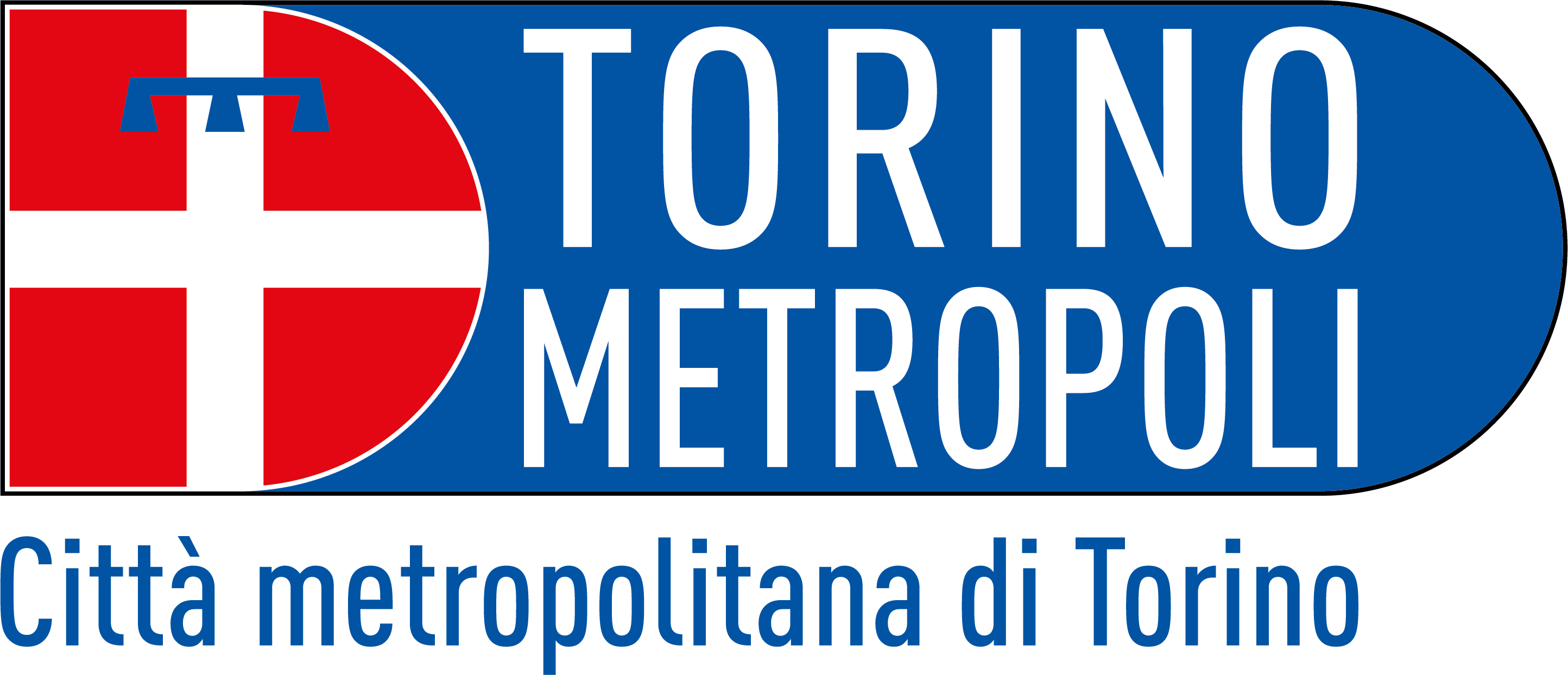The California Climate Commitment program, established in California (USA) in the form of a compromise reached between environmental organizations and the plastics industry, aims to combat climate change by promoting the ecological transition and the use of renewable energy. Recently, this plan was extended with the passage of Senate Bill No. 54 (SB-54) about solid plastic waste.
Specifically, SB-54 law was drafted to address California's low recycling rates. Signed into law on June 30th 2022 by California Governor Gavin Newsom, the law aims to mandate the recyclability and compostability of all single-use packaging and to reduce the plastic components of packaging by 25% by 2032. The law has also established a precise process with regard to the recycling of single-use plastic packaging, organized in three phases:
- Phase 1: recycling of at least 30% of plastic packaging by 1 January 2028.
- Phase 2: the recycling rate must increase to 40% by 2030.
- Phase 3: by 1 January 2032, at least 65% of single-use plastics must be recycled.
An innovative aspect of USA legislation is the provision in SB-54 law for the establishment of an Extended Producer Responsibility (EPR) system. The EPR is tasked with implementing the bill's provisions and monitoring the achievement of the targets, raising $5 billion from 2027 to 2037: to reach this figure, the bill requires participating manufacturers to deposit a surcharge to the California Plastic Pollution Mitigation Fund, via taxation. This fund will be reinvested in programmes that reduce pollution caused by plastic waste, improve waste collection services (including door-to-door service where necessary), encourage more innovative recycling systems, and support communities most affected by environmental hardship. Indeed, wildfires, marine pollution and fossil fuel extraction have a huge impact on California and particularly affect low-income communities.
The funds collected by the EPR system will make it possible to limit social inequalities, created by pollution and climate change, and to invest in public health. Furthermore, thanks to this system of legislation and funding, it is possible to monitor the type and amount of waste that is periodically disposed of by producing an annual report describing progress.
While the Californian law represents a major novelty in the USA context, in the European context the view looks very different. On an aggregate level, the European Union has already achieved a rate of 64.8% of recycled packaging in 2019, a figure that is set to increase in the future. Furthermore, with the establishment of the SUP (Single-Use Plastic) Directive, which came into force on July 2nd 2019 and with a deadline for transposition by the Member States set for July 3rd 2021, the EU has set itself the goal of combating the pollution of the marine environment caused by the dispersion of single-use plastic products, such as cutlery, straws and plates, and plastic fishing gear. By restricting these products, the transition to a more circular economy and the use of more innovative and sustainable products can be encouraged.
Although many targets have already been achieved in Europe, compared to the USA, it is important to highlight how innovative the SB-54 law is for the USA, as it is the first law to have established an EPR system for recycling and composting. Furthermore, the environmental group Ocean Conservancy has estimated that the legislation will lead to very positive results, eliminating 23 million tonnes of plastic over the next 10 years.
All the stringent measures implemented with this law allow the Californian state to stop and reduce the amount of non-recoverable plastic waste and make single-use packaging recyclable, which otherwise makes the fight against environmental pollution more difficult.
For more details:
- Stretta sui rifiuti plastici in California (Polimerica)
- What to Know About California’s Landmark Plastics Law (The New York Times)
- Governor Newsom Signs Legislation Cutting Harmful Plastic Pollution to Protect Communities, Oceans and Animals (Office of Governor – Gavin Newsom)
